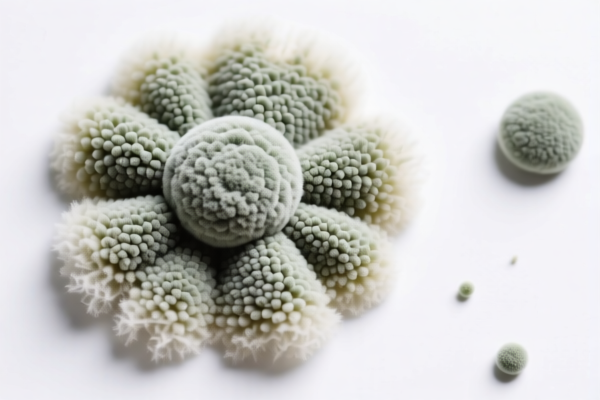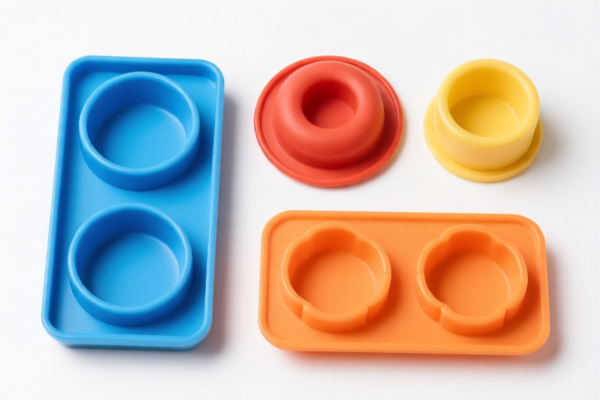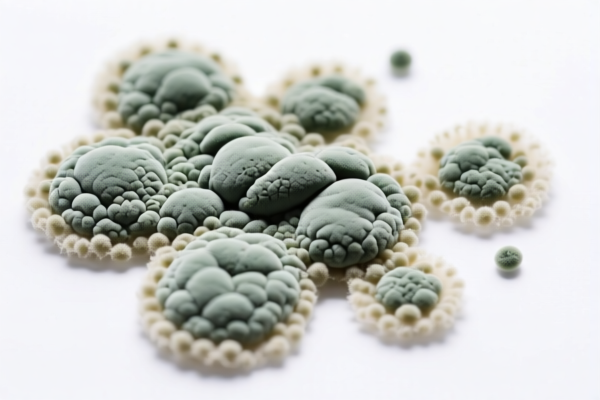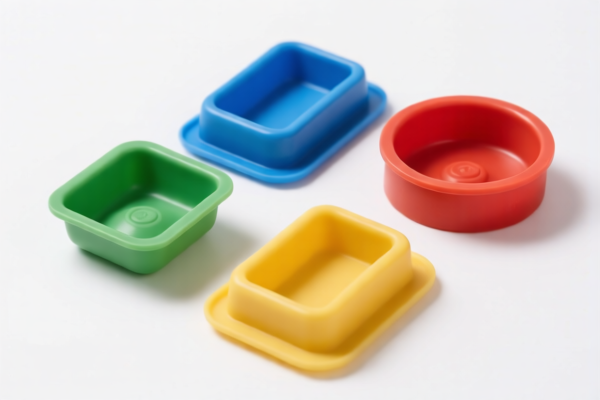| HS Code | Official Doc | Tariff Rate | Origin | Destination | Effective Date |
|---|---|---|---|---|---|
| 8304000000 | Doc | 33.9% | CN | US | 2025-05-12 |
| 7308909560 | Doc | 80.0% | CN | US | 2025-05-12 |
| 9406900130 | Doc | 82.9% | CN | US | 2025-05-12 |
| 9406900190 | Doc | 82.9% | CN | US | 2025-05-12 |
| 7610900040 | Doc | 85.7% | CN | US | 2025-05-12 |
| 7610900080 | Doc | 85.7% | CN | US | 2025-05-12 |
| 7006001000 | Doc | 63.8% | CN | US | 2025-05-12 |
| 7006002000 | Doc | 61.4% | CN | US | 2025-05-12 |
| 7003300000 | Doc | 61.3% | CN | US | 2025-05-12 |
| 7003190000 | Doc | 56.3% | CN | US | 2025-05-12 |
| 7013280500 | Doc | 50.0% | CN | US | 2025-05-12 |
| 7013492090 | Doc | 60.0% | CN | US | 2025-05-12 |
| 6809190000 | Doc | 58.0% | CN | US | 2025-05-12 |
| 6809900000 | Doc | 55.0% | CN | US | 2025-05-12 |
| 6810195000 | Doc | 58.9% | CN | US | 2025-05-12 |
| 6810191400 | Doc | 64.0% | CN | US | 2025-05-12 |




Crown Mold
Crown molding (also commonly spelled crown moulding) is a decorative architectural element consisting of a profiled trim installed at the intersection of a wall and ceiling. It is primarily used to visually enhance a room, adding elegance and a sense of height.
Material
Crown molding is available in a wide range of materials, each with its own characteristics and suitability for different applications:
- Wood: Traditionally made from solid wood (such as pine, oak, maple, or poplar). Wood molding offers excellent paintability, stainability, and the ability to be easily cut and shaped. However, it is susceptible to moisture damage and can be more expensive.
- Medium-Density Fiberboard (MDF): A composite wood product that provides a smooth, consistent surface ideal for painting. MDF is more stable than solid wood and less prone to splitting, but it is less durable and does not hold fasteners as well. It is generally less expensive than solid wood.
- Polystyrene: A lightweight, inexpensive plastic foam. Polystyrene molding is easy to cut and install, but it is fragile and can be easily dented. Often pre-primed.
- Polyurethane: A durable, flexible plastic. Polyurethane molding is moisture-resistant, lightweight, and can be used in high-humidity areas. It can be painted or stained and is more expensive than polystyrene.
- PVC: A rigid plastic that is highly moisture-resistant and suitable for bathrooms and kitchens. PVC is generally white and may be more difficult to paint.
Purpose & Function
- Decorative Enhancement: The primary function is to add visual interest and a refined aesthetic to a room.
- Concealing Imperfections: Can mask uneven joints between walls and ceilings.
- Creating the Illusion of Height: Larger profiles can make a room appear taller.
- Transition Element: Provides a smooth transition between wall and ceiling surfaces.
Usage Scenarios
- Residential Interiors: Common in living rooms, dining rooms, bedrooms, and hallways.
- Commercial Spaces: Used in offices, hotels, and restaurants to create a more upscale ambiance.
- Renovations & New Construction: Installed during both new building projects and remodeling efforts.
- Historical Restoration: Used to replicate original architectural details in older buildings.
Common Types (Profiles)
Crown molding profiles are categorized by their shape and complexity. Some common types include:
- Cove: A simple, rounded profile.
- Bed Molding: Features a flat surface with a recessed area.
- Egg and Dart: A classic profile featuring repeating egg-shaped ornaments.
- Dentil: Features a series of small, rectangular blocks.
- Roman Ogee: A complex profile with a flowing, S-shaped curve.
- Modern/Contemporary: Often features clean lines and geometric shapes.
The size of the crown molding (height and projection) is chosen based on the room's proportions and the desired aesthetic. Larger rooms can accommodate larger profiles, while smaller rooms typically benefit from smaller, more subtle designs.
Crown mold, typically used for decorative purposes in interior design, falls under several potential classifications depending on its material composition. Here's a breakdown of relevant HS codes based on the provided reference material:
- 6809190000: Articles of plaster or of compositions based on plaster: Boards, sheets, panels, tiles and similar articles, not ornamented: Other. This code applies if the crown mold is made of plaster or plaster-based compositions and is not intricately decorated. Chapter 68 covers articles of plaster, and heading 6809 specifically covers articles not ornamented.
- 6809900000: Articles of plaster or of compositions based on plaster: Other articles. If the crown mold is made of plaster or plaster-based compositions but doesn’t fall into the ‘boards, sheets, panels, tiles’ category, this code is applicable. This is a broader category for plaster articles.
- 7006001000: Glass of heading 7003, 7004 or 7005, bent, edge-worked, engraved, drilled, enameled or otherwise worked, but not framed or fitted with other materials: Strips not over 15.2 cm in width, measuring over 2 mm in thickness, and having all longitudinal edges ground or otherwise smoothed or processed. If the crown mold is made of glass and meets the specifications of strips not exceeding 15.2 cm in width and over 2 mm in thickness with processed edges, this code applies.
- 7006002000: Glass of heading 7003, 7004 or 7005, bent, edge-worked, engraved, drilled, enameled or otherwise worked, but not framed or fitted with other materials: Other: Glass, drawn or blown and not containing wire netting and not surface ground or polished. If the crown mold is made of glass but doesn’t meet the specifications of 7006001000, this code may be applicable.
- 6810195000: Articles of cement, of concrete or of artificial stone, whether or not reinforced: Tiles, flagstones, bricks and similar articles: Other: Other. If the crown mold is made of cement, concrete, or artificial stone, this code could be relevant, particularly if it doesn't fall into more specific tile/flagstone categories.
Important Considerations:
Regarding HS codes 6809190000 and 6809900000, the material composition is critical. If the crown mold is made of plaster, determining whether it's considered ‘ornamented’ is important for correct classification.
Regarding HS codes 7006001000 and 7006002000, if the crown mold is made of glass, the width and thickness specifications must be verified.
Customer Reviews
No reviews yet.